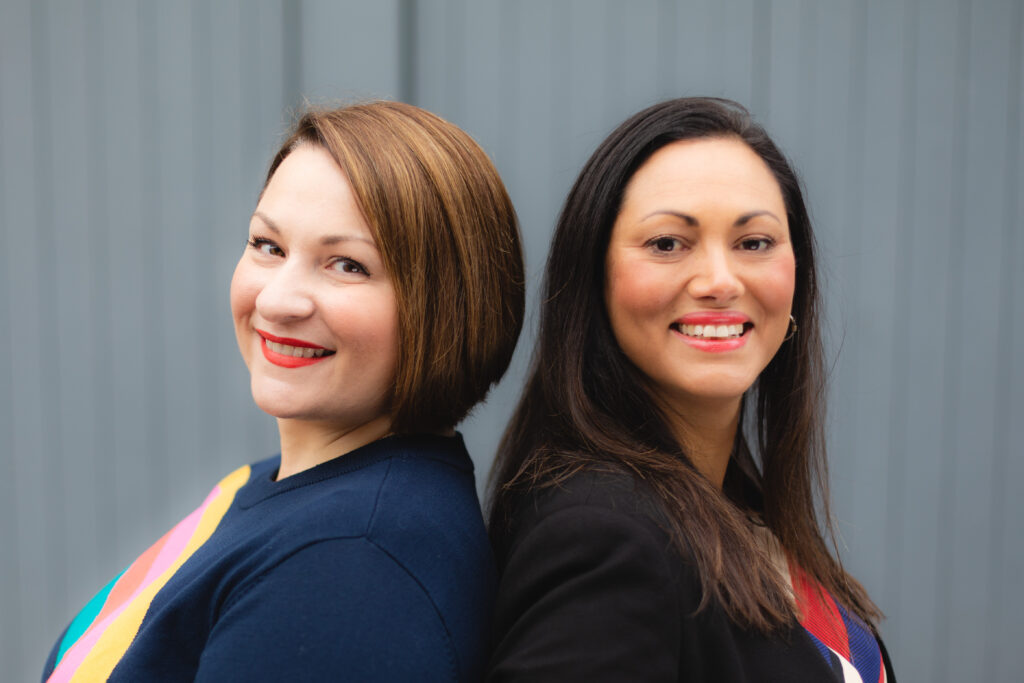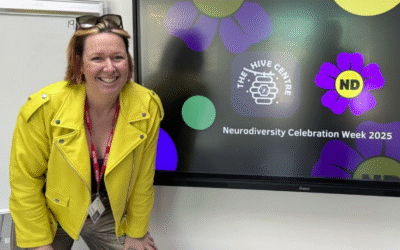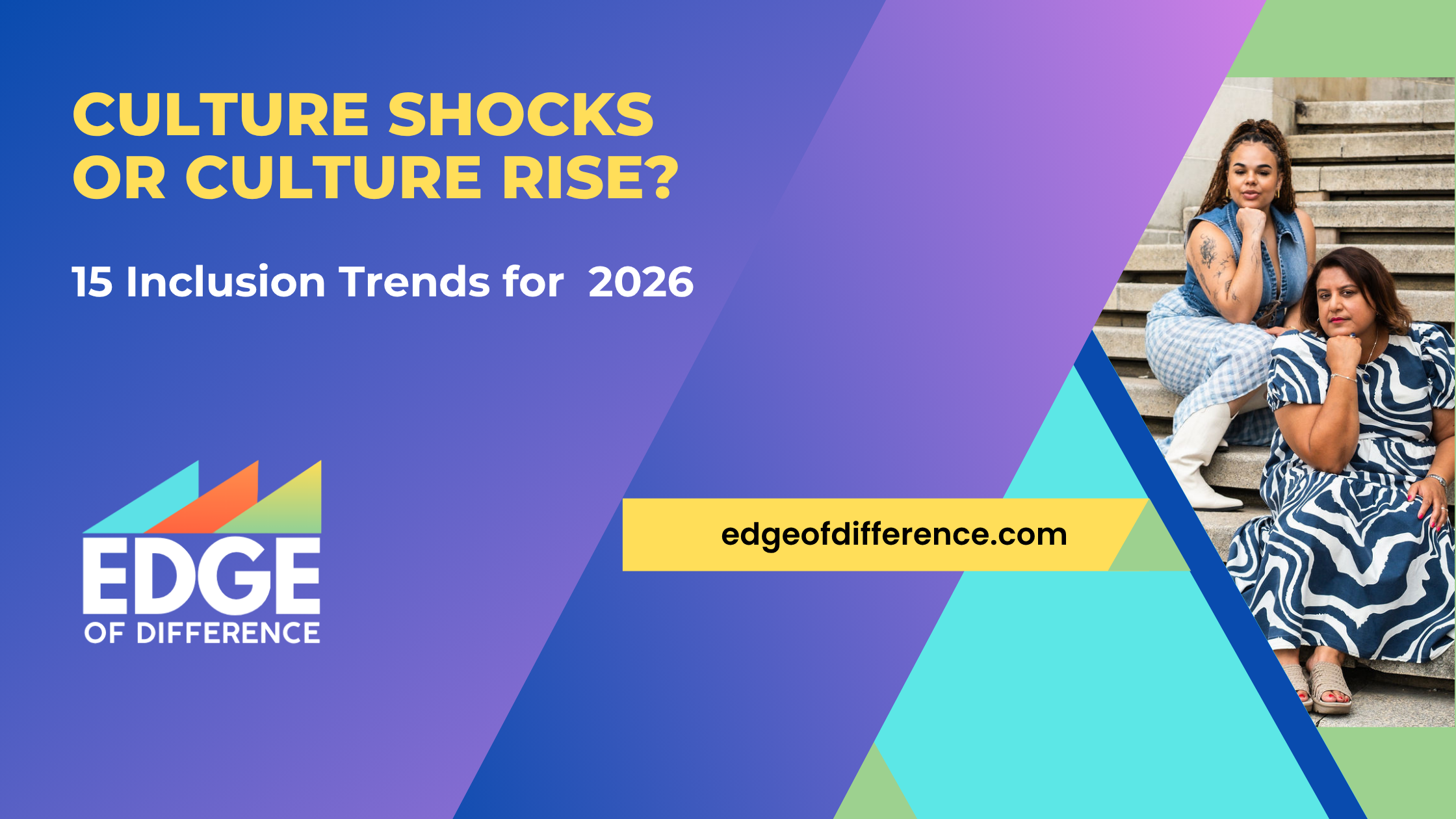Guest blog by Flo Powell, Co-owner and Joint MD, Midnight Communications
I’ve always believed that no great idea ever came from a room full of people who all think the same way. That’s why diversity and inclusion (D&I) isn’t just a moral or social issue – it’s a business one. And right now, the businesses that thrive are the ones that are actively listening, learning and communicating inclusively.
As co-owner of Midnight – a Brighton-based B2B PR agency and proud B Corp – I work with businesses that want to build trust, shift perception and lead with purpose. And increasingly, that starts with inclusive communication.
It’s not just the right thing to do – it’s smart business
Companies with strong D&I policies are proven to outperform their competitors. McKinsey found that the most diverse businesses are up to 35% more likely to achieve above-average profitability. But diversity alone isn’t enough. Without inclusive communication – both inside and outside your business – the message gets lost.
From the language on your website to the makeup of your leadership team, everything tells a story. And if there’s a disconnect between what you say and what you do, people will notice. That’s where PR comes in – not to paper over the gaps, but to help you close them.
When inclusion is missing – brands that got it wrong
Even the biggest brands, with teams of marketers and PRs, can get it wrong when they fail to consider how their messages might land across different communities.
Take H&M, for example. In 2018, the global retailer faced international backlash after featuring a young black boy in a hoodie printed with the phrase “Coolest Monkey in the Jungle.” The campaign was widely criticised for its racial insensitivity and lack of internal checks. H&M apologised and pulled the product, but the damage to the brand’s reputation lingered.
Fast forward to 2025, and American Eagle found itself in a similarly awkward spotlight. The brand’s campaign with Euphoria star Sydney Sweeney featured a tagline that read “Sydney Sweeney Has Great Genes” – later changed to “Jeans” as a visual pun. But the term “great genes” has deeply problematic roots in eugenics and has long been used to uphold narrow, exclusionary ideals of beauty tied to whiteness and thinness. The campaign also lacked representation, with critics on social media calling out the lack of diversity and poor judgement in phrase selection.
These examples aren’t about cancelling anyone – they’re about consequences.
When diverse voices are missing from the room, blind spots go unchecked. And in today’s fast-moving digital world, mistakes like these are called out quickly, often with lasting impact.
Why inclusive PR matters more than ever
In today’s digital-first world, your reputation is shaped by what’s said about you – and how you respond. Companies that communicate well build trust and resilience. Those that get it wrong can face serious backlash.
We’ve all seen brands stumble – not because they don’t care, but because they didn’t consider how their message might land with people from different backgrounds or lived experiences. Sometimes it’s a tone-deaf campaign. Sometimes it’s a clumsy media comment. Often, it’s a lack of diverse voices in the room to challenge the idea in the first place.
That’s why inclusive comms isn’t a ‘nice to have’ – it’s your brand’s insurance policy.
Tokenism doesn’t cut it
Superficial gestures won’t win you fans – in fact, they can do real damage. If you promote your diverse hires but don’t support them, or talk up your values without backing them up with action, it won’t go unnoticed. And once trust is broken, it’s hard to repair.
At Midnight, we encourage clients to treat inclusive communication as a long-term commitment, not a one-off campaign. It has to be baked into your strategy – not tacked onto the end.


So how do you get it right?
Here are five practical steps to build a more inclusive comms strategy:
1. Start with where you are
Run a simple internal audit. Do your values match your messaging? What do your people think? Where are the gaps?
2. Train your spokespeople
We provide media training for a reason – inclusive communication needs confidence, clarity and care. It’s not about ‘saying the right thing’, it’s about saying it in the right way.
3. Don’t overpromise
Be clear and honest about your goals and progress. Transparency builds trust.
4. Avoid the buzzword bingo
Cut the jargon and be human. Inclusion should be meaningful, not marketing speak.
5. Diversify your input
From campaign sign-off to press release drafts, make sure your team and partners reflect different perspectives. This isn’t just about optics – it’s about better outcomes.
The press can be your biggest ally – or your loudest critic
PR plays a critical role in building inclusive brands – and when done right, it can amplify your values, attract diverse talent, and spark meaningful change. But it’s got to be credible.
At Midnight, we help clients tell stories that matter: whether it’s profiling diverse leaders, celebrating inclusive initiatives, or responding to current events with authenticity and care. And we do it with partners like Edge of Difference – because inclusion should never be an afterthought.
Need support with your inclusive comms strategy?
As a partner of Edge of Difference, we offer exclusive rates on media training and Digital PR consultancy for their clients and community. Just mention Edge of Difference when you get in touch.
To find out more, visit www.midnight.co.uk or email us at hello@midnight.co.uk.




